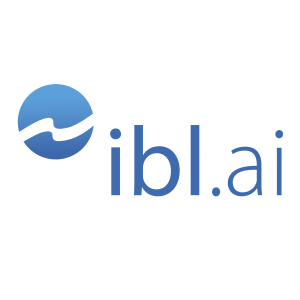
Thursday Apr 03, 2025
Stanford University: Expanding Academia's Role in Public Sector AI
Stanford HAI highlights a growing disparity between academia and industry in frontier AI research. Industry's access to vast resources like data and computing power allows them to outpace universities in developing advanced AI systems.
The authors argue that this imbalance risks hindering public-interest AI innovation and weakening the talent pipeline. To address this, the brief proposes increased public investment in academic AI, the adoption of collaborative research models, and the creation of new government-backed academic institutions. Ultimately, the aim is to ensure academia plays a vital role in shaping the future of AI in a way that benefits society.
- Academia is currently lagging behind industry in frontier AI research because no university possesses the resources to build AI systems comparable to those in the private sector. This is largely due to industry's access to massive datasets and significantly greater computational power.
- Industry's dominance in AI development is driven by its unprecedented computational resources, vast datasets, and top-tier talent, leading to AI models that are considerably larger than those produced by academia. This resource disparity has become a substantial barrier to entry for academic researchers.
- For AI to be developed responsibly and in the public interest, it is crucial for governments to increase investment in public sector AI, with academia at the forefront of training future innovators and advancing cutting-edge scientific research. Historically, academia has been the source of foundational AI technologies and prioritizes public benefit over commercial gain.
- The significant cost of developing advanced AI models has created a major divide between industry and academia. The expense of computational resources required for state-of-the-art models has grown exponentially, making it challenging for academics to meaningfully contribute to their development.
- The growing resource gap in funding, computational power, and talent between academia and industry is concerning because it restricts independent, public-interest AI research, weakens the future talent pipeline by incentivizing students to join industry, and can skew AI policy discussions in favor of well-funded private sector interests.
No comments yet. Be the first to say something!